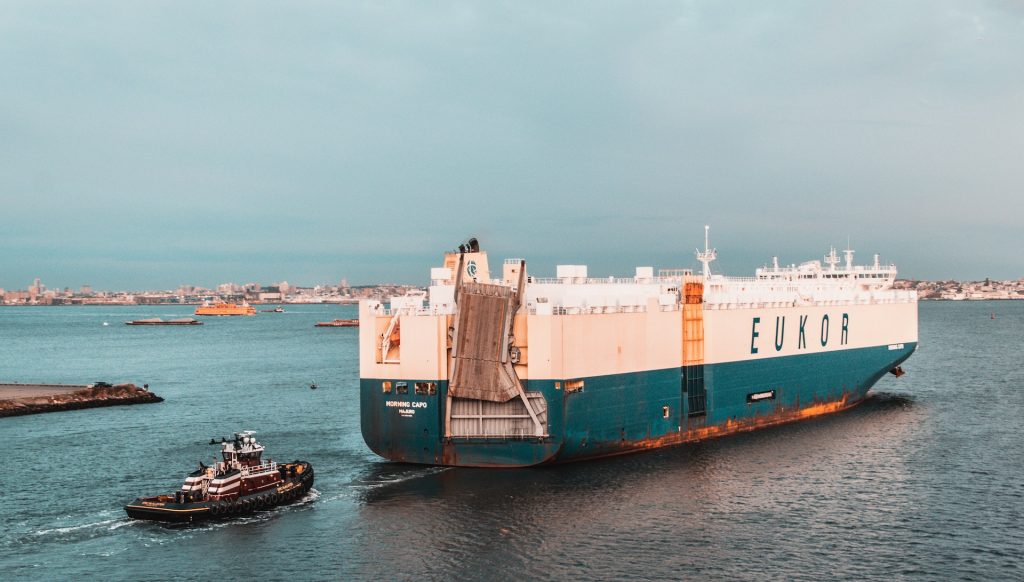The Fluid Transfer Process: The Important Role Breakaway Coupling Plays

The fluid transfer process is essential in a wide range of industrial processes, from oil and gas exploration to chemical manufacture and transportation. While this procedure allows for the smooth transport of liquids or gases, it also introduces dangers such as spills, leaks, and equipment damage.
To solve these issues, the use of breakaway couplings has emerged as a critical safety precaution, revolutionising how industries approach fluid transfer operations. Operators such as Trelleborg Klaw that has been in the business for decades have the necessary knowledge and expertise to conduct activities at this level of complexity.
Fluid Transfer Systems: What Are They?
Fluid transfer is the flow of liquids or gases from one location to another, typically via the use of pipes, hoses, or other specialised systems.
Fluid transfer is significantly used in industries such as oil and gas, chemicals, and logistics to carry important resources, simplify industrial processes, and support day-to-day operations. These systems are widely employed in the manufacturing, shipping, automotive, and aerospace sectors, and their capabilities vary substantially depending on the application. They can be integrated into machinery or utilised on their own.
Despite its vital function, the fluid transfer process is vulnerable to a variety of dangers, such as rapid pressure fluctuations, mechanical failures, and unanticipated surges, which can jeopardise operational integrity and pose serious threats to employees, equipment, and the environment.
The oil sector, for example, employs fluid transfer systems to transport oil from offshore drilling rigs to tanker ships and afterwards to refineries for processing. Crude oil is poured into the ship’s tanks through a hose, and then pumped back out at the destined location.
What Is A Breakaway Coupling?
Breakaway couplings, also known as safety couplings, are critical in reducing the dangers involved with fluid transfer activities. When subjected to extreme forces or pressures, these specialised devices are designed to immediately disengage, averting disastrous effects such as spills, leaks, and equipment damage.
Breakaway couplings efficiently minimise the effects of abrupt surges or stresses by rapidly detaching during crises, protecting the integrity of the transfer system and lowering the risk of environmental contamination.
In short, they are mechanisms that instantly stop fluid flow within a hose if a predefined load tolerance or internal pressure is exceeded. These conditions are commonly caused when a tanker loses position or when flow regulator equipment fails and generates a rapid rise in pressure, both of which can cause flexible hoses to burst or break from their connection.
What Are Its Benefits?
It Increases The Overall Safety
Incorporating breakaway couplings into fluid transfer systems is a proactive method to improving industrial safety precautions. These couplings serve as proactive precautions, providing an extra layer of protection against potential mishaps and creating a safe working environment for employees. Their capacity to quickly disconnect in the case of an unanticipated occurrence emphasises their critical role in averting events that might result in harm, delay, or costly repairs.
It Increases The Overall Efficiency
Breakaway couplings help to the overall efficiency of fluid transfer operations in addition to their safety benefits. These devices help enterprises to ensure a constant and dependable flow of materials by avoiding potential interruptions and minimising the possibility of downtime, hence optimising manufacturing processes and lowering operating costs. Breakaway couplings’ seamless integration emphasises its importance in facilitating simplified and uninterrupted fluid transfer operations.